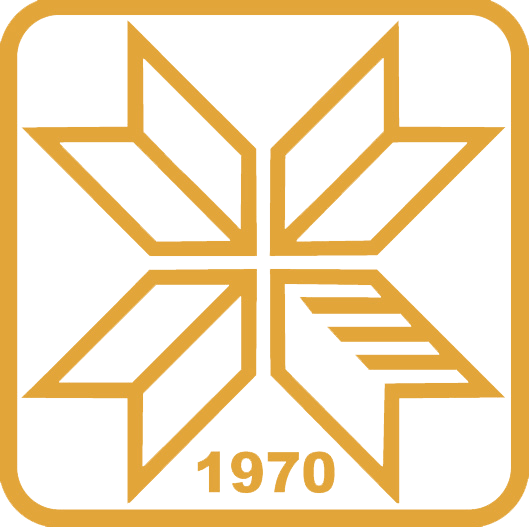Приказ основних података о документу
A New Neural Network Approach to Density Calculation on Ceramics Materials
| dc.contributor.author | Mitic, Vojislav V. | |
| dc.contributor.author | Ribar, Srdjan | |
| dc.contributor.author | Randjelovic, Branislav M. | |
| dc.contributor.author | Aleskic, Dejan | |
| dc.contributor.author | Fecht, Hans | |
| dc.contributor.author | Vlahovic, Branislav | |
| dc.date.accessioned | 2022-11-04T13:46:20Z | |
| dc.date.available | 2022-11-04T13:46:20Z | |
| dc.date.issued | 2022 | |
| dc.identifier.citation | ИИИ 43007 “Истраживање климатских промена и њиховог утицаја на животну средину - праћење утицаја, адаптација и ублажавање” | en_US |
| dc.identifier.citation | ТР 32012 „Интелигентни Кабинет за Физикалну Медицину – ИКАФИМ“ | en_US |
| dc.identifier.uri | https://platon.pr.ac.rs/handle/123456789/902 | |
| dc.description.abstract | The materials’ consolidation, especially ceramics, is very important in advanced research development and industrial technologies. Science of sintering with all incoming novelties is the base of all these processes. A very important question in all of this is how to get the more precise structure parameters within the morphology of different ceramic materials. In that sense, the advanced procedure in collecting precise data in submicro-processes is also in direction of advanced miniaturization. Our research, based on different electrophysical parameters, like relative capacitance, breakdown voltage, and tgδ, has been used in neural networks and graph theory successful applications. We extended furthermore our neural network back propagation (BP) on sintering parameters’ data. Prognosed mapping we can succeed if we use the coefficients, implemented by the training procedure. In this paper, we continue to apply the novelty from the previous research, where the error is calculated as a difference between the designed and actual network output. So, the weight coefficients contribute in error generation. We used the experimental data of sintered materials’ density, measured and calculated in the bulk, and developed possibility to calculate the materials’ density inside of consolidated structures. The BP procedure here is like a tool to come down between the layers, with much more precise materials’ density, in the points on morphology, which are interesting for different microstructure developments and applications. We practically replaced the errors’ network by density values, from ceramic consolidation. Our neural networks’ application novelty is successfully applied within the experimental ceramic material density ρ=5.4×103 [kg/m3], confirming the direction way to implement this procedure in other density cases. There are many different mathematical tools or tools from the field of artificial intelligence that can be used in such or similar applications. We choose to use artificial neural networks because of their simplicity and their self-improvement process, through BP error control. All of this contributes to the great improvement in the whole research and science of sintering technology, which is important for collecting more efficient and faster results. | en_US |
| dc.language.iso | en | en_US |
| dc.publisher | World Scientific Publishing Company (WSPC), Сингапур | en_US |
| dc.rights | CC0 1.0 Универзална | * |
| dc.rights.uri | http://creativecommons.org/publicdomain/zero/1.0/ | * |
| dc.title | A New Neural Network Approach to Density Calculation on Ceramics Materials | en_US |
| dc.title.alternative | Modern Physic Letters B | en_US |
| dc.type | clanak-u-casopisu | en_US |
| dc.description.version | publishedVersion | en_US |
| dc.identifier.doi | https://doi.org/10.1142/S0217984921505497 | |
| dc.citation.volume | 36 | |
| dc.citation.issue | 2 | |
| dc.citation.spage | 2150549 | |
| dc.subject.keywords | Ceramics, sintering, neural network, error, density | en_US |
| dc.type.mCategory | M22 | en_US |
| dc.type.mCategory | closedAccess | en_US |
| dc.type.mCategory | M22 | en_US |
| dc.type.mCategory | closedAccess | en_US |
| dc.identifier.ISSN | print 0217-9849 | |
| dc.identifier.ISSN | online 1793-6640 |

